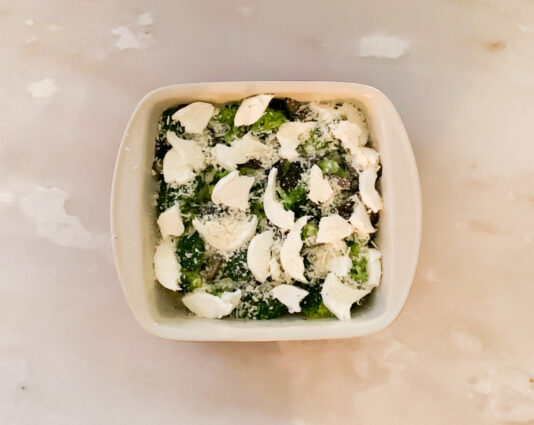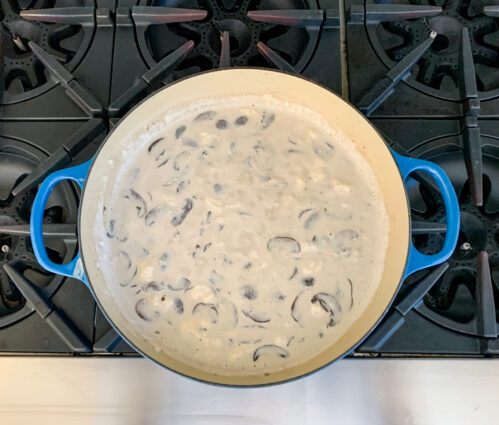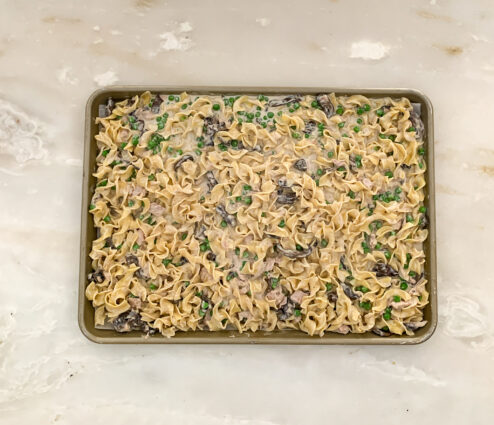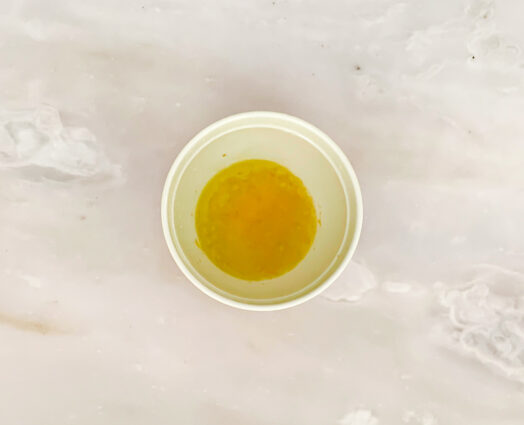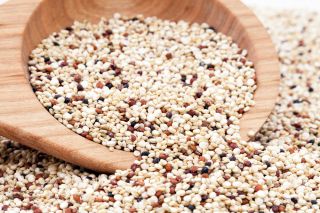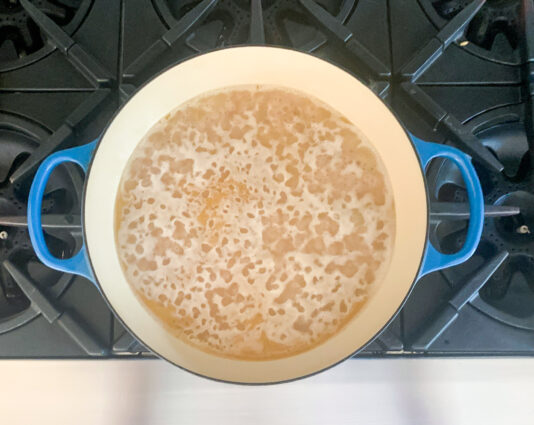
Cabbage is a controversial food in many homes. To most people, cooked cabbage is not appealing. The fact remains that very few of us are born cabbage lovers, but as we get older, our taste buds increase and most of us were willing to give it another try.
Even still, this vegetable is not one of the more exciting ones. Many of us associate it with that dreaded cabbage soup we eat to lose weight. Its 15 minutes of fame comes around St. Patrick’s Day, when it is paired with corned beef. Then, of course, once the holiday has come and gone, we forget about it. Many of our mothers and grandmothers have made stuffed cabbage, but did anyone really enjoy it as a kid? Personally, I would not have gone anywhere near it.
These days, you can find beautiful, fresh, locally grown cabbage in most farmer’s markets. It comes in a variety of shapes and colors, including red, purple, white, and green, and its leaves can be either crinkled or smooth. While it may look a lot like lettuce, it actually belongs to the Brassica genus of vegetables, which includes broccoli, cauliflower, and kale. Now I can eat it raw, roasted, steamed or in soup. Red or green, I am not picky. I love a good coleslaw and have even posted a few cabbage recipes in the past. You can enjoy cabbage when it is roasted, with some butter, salt, and pepper. This time, this unpopular vegetable is roasted with cheese, which always makes any dish more appealing.
Cabbage is rich in vitamin B6 and folate, both of which are essential. In addition, cabbage is high in fiber and contains powerful antioxidants, including polyphenols and sulfur compounds. Cabbage is especially high in vitamin C, a potent antioxidant that may protect against heart disease, certain cancers, and vision loss.
Cruciferous vegetables like cabbage contain antioxidants that have been shown to reduce chronic inflammation as well. Eating more cabbage is an excellent way to keep your digestive system healthy and happy. Cabbage contains more than 36 different kinds of potent anthocyanins, making it an excellent choice for heart health too.
I hope I have convinced you to try it, you won’t be sorry, especially in this delectable side dish. This gratin is rich with flavor. The shallots, garlic and thyme are the savory touch in this dish and the cream gives it a lush texture that is so hard to pass up. The cabbage becomes beautifully caramelized, giving it a sweet, addicting flavor. The cheeses add gooey deliciousness and the result is a scrumptious side dish that is so appetizing, it may make you fall in love with cabbage all over again.
This recipe is courtesy of Bon Appetit and will serve 8 people who will be amazed at how cabbage can be transformed.
Ingredients for Cheesy Cabbage Gratin:
1 medium head of green or savoy cabbage (about 3½ lb. total), cut through core into 8 wedges
2 Tbsp. extra-virgin olive oil
1½ tsp. kosher salt, plus more
1 tsp. freshly ground black pepper, plus more
2 medium shallots, quartered through root end
4 garlic cloves
2 cups heavy cream
1 Tbsp. thyme leaves, plus more for serving
1 Tbsp. unsalted butter
3 oz. Gruyère, grated (about 1½ cups)
½ oz. Parmesan, finely grated (about ½ cup)
Place oven racks in upper third and middle of oven; preheat to 350°.
Place cabbage on a rimmed baking sheet and drizzle with oil; season lightly with salt and pepper.
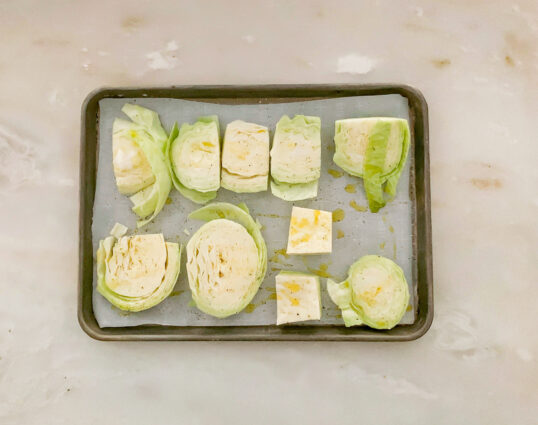
Roast until tender and edges are golden, 40–45 minutes. (This is an essential first step: It draws out the excess moisture, ensuring that the cream mixture doesn’t get watery.)
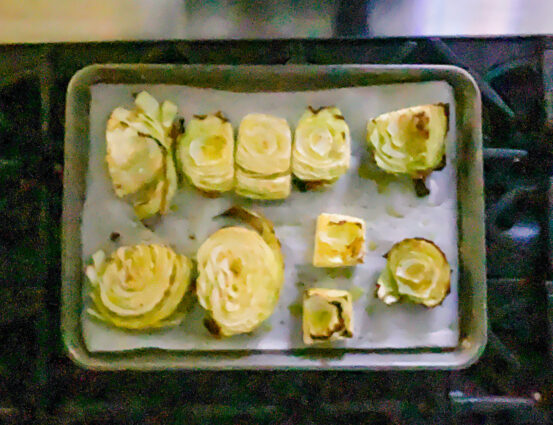
Meanwhile, bring shallots, garlic, cream, 1 Tbsp. thyme, 1½ tsp. salt, and 1 tsp. pepper to a simmer in a small saucepan over low heat.
Cook, stirring occasionally, until shallots and garlic are very soft, 15–20 minutes.
Let cool slightly.
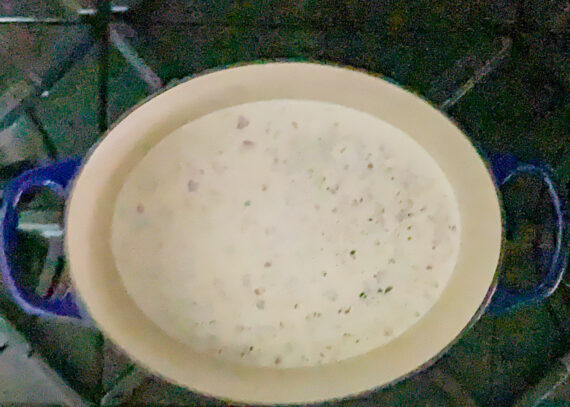
Transfer to a blender; blend until smooth.
Rub the inside of a 3-qt. shallow baking dish with butter.
Arrange cabbage in dish so wedges are lying on a cut side.
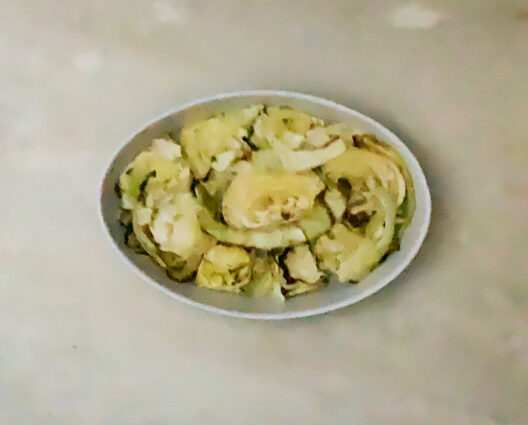
Pour cream mixture over.

Bake on middle rack, uncovered, until cream thickens, 30–40 minutes.
Let cool 30 minutes.
Heat broiler.
Sprinkle Gruyère and Parmesan evenly over cabbage.
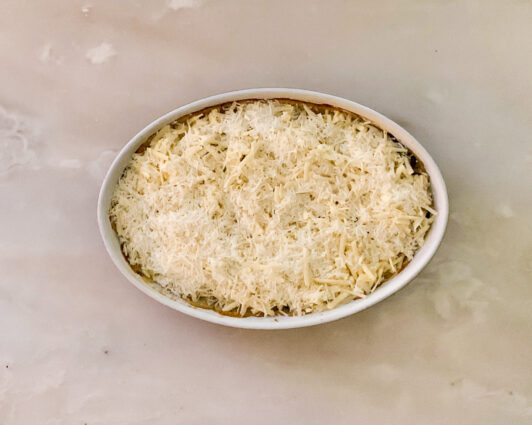
Broil until cheese is bubbling and gratin is deeply browned, about 4 minutes.
Top with more thyme.
Do Ahead: Gratin (without cheese) can be baked 1 day ahead. Cover and chill. Bring to room temperature before sprinkling with cheese and broiling.
It’s that simple!

Come on, give it another try!




